Spread over a basin fringed by Mount Gede and Mount Salak, Bogor lies 54 km south of the Indonesian capital, Jakarta, which together with the nearby cities of Tangerang, Bekasi and Depok form one of the world’s biggest urban agglomeration with a combined population of more than 27 million people.
However unlike its industrial neighbors to the north, Bogor is known for its year-round temperate climate, thanks to its geographical position. Formerly known as Buitenzorg, Dutch for ‘without a care’ or ‘sans souci’, the then small retreat town captivated Gustaaf Willem van Imhoff, who served as the governor-general in the Dutch East Indies from 1743 until his death in 1750, and inspired him to build a residential building at a picturesque, forested area in town.
The forest was in fact man made, established by Prabu Siliwangi of the Sunda Kingdom around the late 15th to early 16th century to conserve rare seeds. Van Imhoff, who drew the sketch of the building himself, took the Blenheim Palace in England as his inspiration. Unfortunately he didn’t live long enough to see its completion.
In the many years that followed, the mansion saw turns of event which caused damage to it (the four-year Banten uprising from 1750 to 1754), expanded it (wings added during Willem Daendels’ administration from 1808 to 1811), added a botanical garden to its grounds (commissioned by Godert van der Capellen in 1817), rattled it to the ground (a powerful earthquake on 10 October 1834), and rebuilt it into a Neoclassical palace (during the administration of Albertus Jacobus Duymaer van Twist from 1851 to 1856).
From 1870 the Buitenzorg Palace became the official residence of the Dutch governor-generals until the Japanese takeover in 1942. Today the elegant building is one of the six presidential palaces of Indonesia and acts as a focal point for the bustling city of Bogor, arguably its most prominent landmark.
On a Monday morning in March, James and I meet up with two local bloggers, Badai and Bartian, who guide us to explore the palace’s backyard that is the Bogor Botanical Garden (Indonesian: Kebun Raya Bogor). The 87-hectare botanical garden boasts a vast collection of plants as well as vestiges from the Dutch and British colonial times, and even a few artifacts from a long-lost Sundanese Hindu kingdom.
A Dutch cemetery and a number of research laboratories inside the garden are reminders of the time when the European colonial power controlled Java and other islands what today make up most of Indonesia. On the other hand a memorial for Olivia Mariamne Devenish, the wife of Thomas Stamford Raffles, who died of malaria, stands near the main entrance to the botanical garden; a testament to the brief British colonial rule on the island.
The botanical garden is home to various species of orchids, dipterocarps, as well as the world’s largest flowers from the genera of Rafflesia and Amorphophallus known for their putrid odor, among other plants. The odor gives the flowers a collective nickname in Indonesian: bunga bangkai, ‘corpse flower’.
Bartian takes us to a fenced area where nothing but small signboards dot the grass. “When in season, the Amorphophallus bloom here,” he says. While in another corner of the garden he points out a tree whose winged seeds provide visitors with a toy to play. This time, however, I can only learn how it looks from the photo on a nearby signboard and imagine how the curiously-looking seed swirls through the air on its journey to reach the ground.
Tucked away amidst the greenery is the Museum Zoologi, founded as a zoology laboratory in 1894 by a Dutch botanist, Jacob Christiaan Koningsberger. Housing a considerable amount of preserved animals, the museum not only does provide a glimpse of the diversity of fauna in the Indonesian archipelago, but also sends a chilling message of how many species we have lost forever due to plain ignorance.
I have seen gleeful Bali starlings with their inquisitive look around visitors at the Edward Youde Aviary in Hong Kong, so to see it dead, preserved, and displayed behind glass in the museum gives me such a strange feeling. However the most somber and eye-opening collection of the museum is its lone Javanese rhino, the last of such species outside the protected Ujung Kulon National Park on the western tip of Java, captured and brought to the museum in 1934 to prevent poachers from collecting its horn.
The most famous collection of the museum is displayed at a shaded semi-outdoor hall: a long giant skeleton of a blue whale. It was found washed ashore on the southern coast of Java in 1916 and it took 44 days to transport the skeleton to Bogor. Standing underneath the behemoth provides anyone with the sheer scale of the animal’s immensity.
Our visit to the museum ends just about lunchtime, and having locals with you is always the best way to explore a place’s local dishes; we head to a food center not too far from the botanical garden to taste some of them. Soto mie‘s multitude of ingredients, from rice-noodle-filled risol (fried pastry) and noodles to beef, tripe, tomatoes, and spices, really is comfort food during the sudden, but not surprising rain that pours over the city, for Bogor is known as kota hujan, ‘rain city’.
For dessert, we have es goyobod, which is increasingly hard to find in town. Made from goyobod (starch pudding cut in cubes), cincau (grass jelly), shaved young coconut, sweetened black sticky rice, and pacar cina (literally ‘Chinese lover’, a bright-red starch-based pudding), it is surprisingly a very satisfying bowl of guilty pleasure.
Before leaving for Jakarta in the afternoon, they take us to probably one of the most famous places in Bogor to get asinan, assorted cut fruits or vegetables or both served with sour and spicy soup, and to another dessert place to have bubur buah, a bowl of yogurt with cold fruits. “If only you had more time we would take you to a pura to watch the sunset,” Bartian says, referring to the biggest pura (Indonesian Hindu temple) outside Bali, not too far from the city center.
However the thought of getting stuck for hours in Jakarta’s notorious rush-hour traffic makes us decline the offer, for now. One day we will return, one day.
This is the last post on this blog before I start the six-month journey through Southeast and South Asia starting from July 1. You can expect to read one post every month while I’m away, each from my past travels which I have yet to publish. In the meantime, follow my journey on twitter (@harindabama) and maybe we will bump into each other in the upcoming months. Stay healthy and keep traveling!
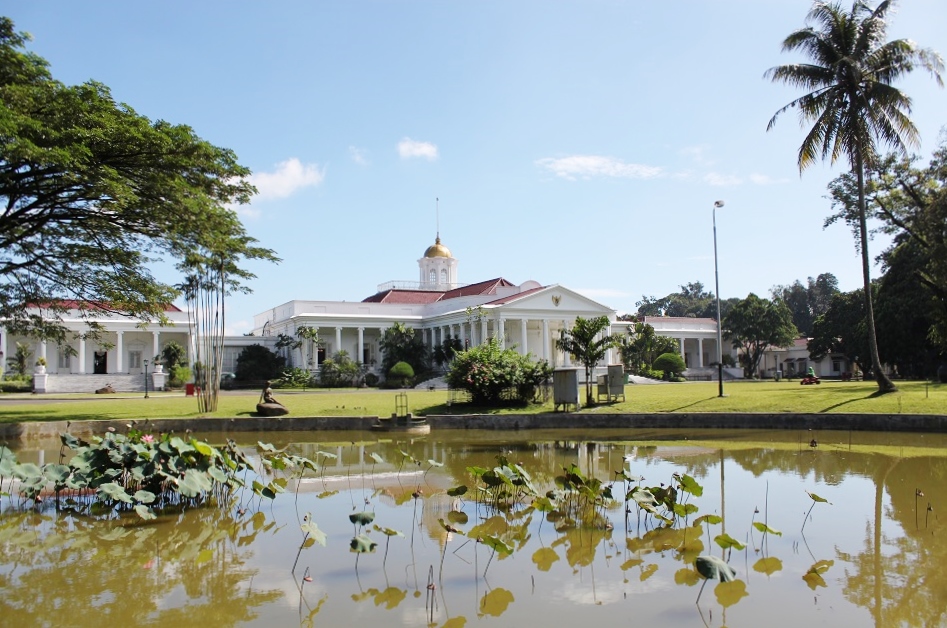

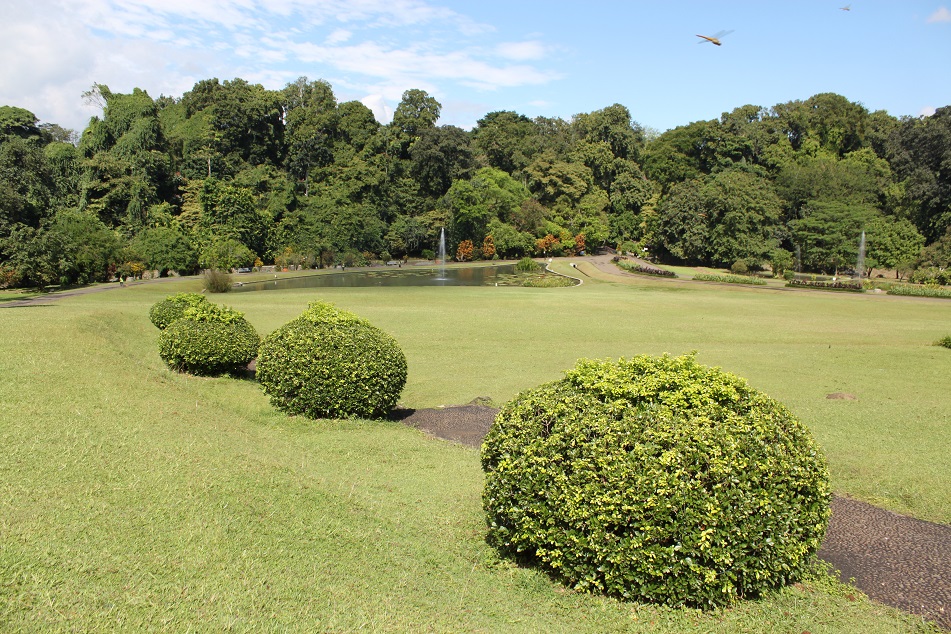
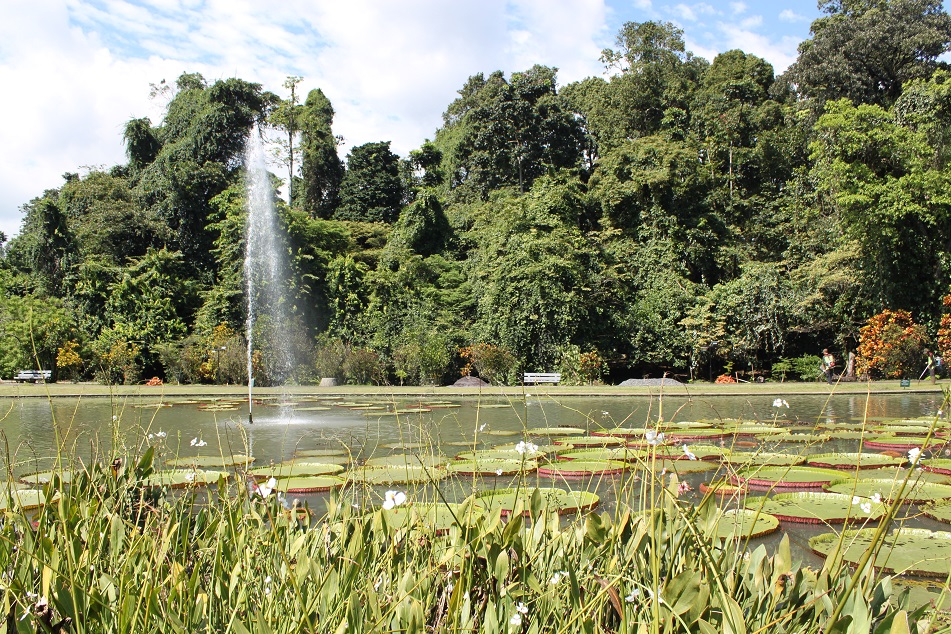
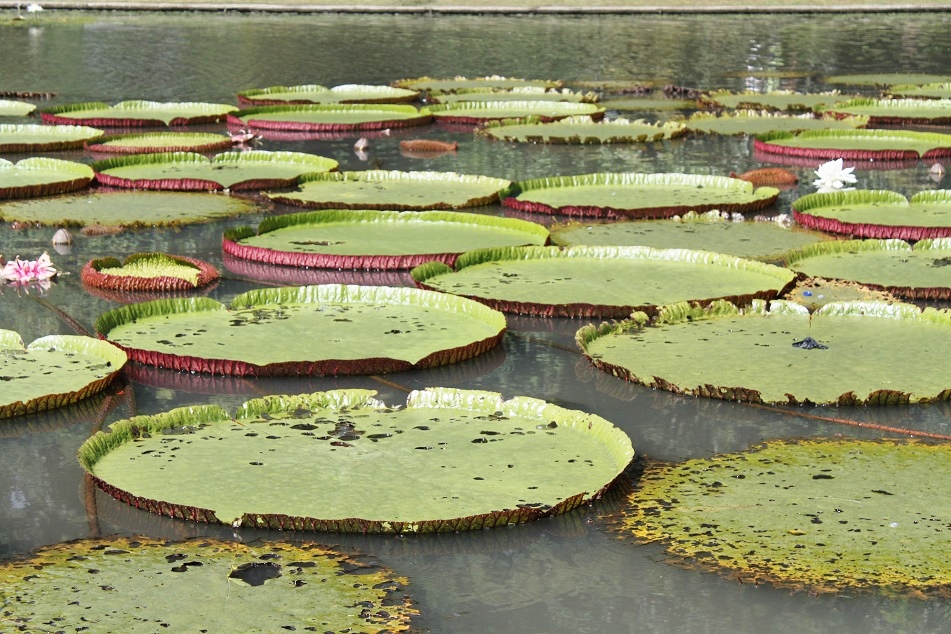
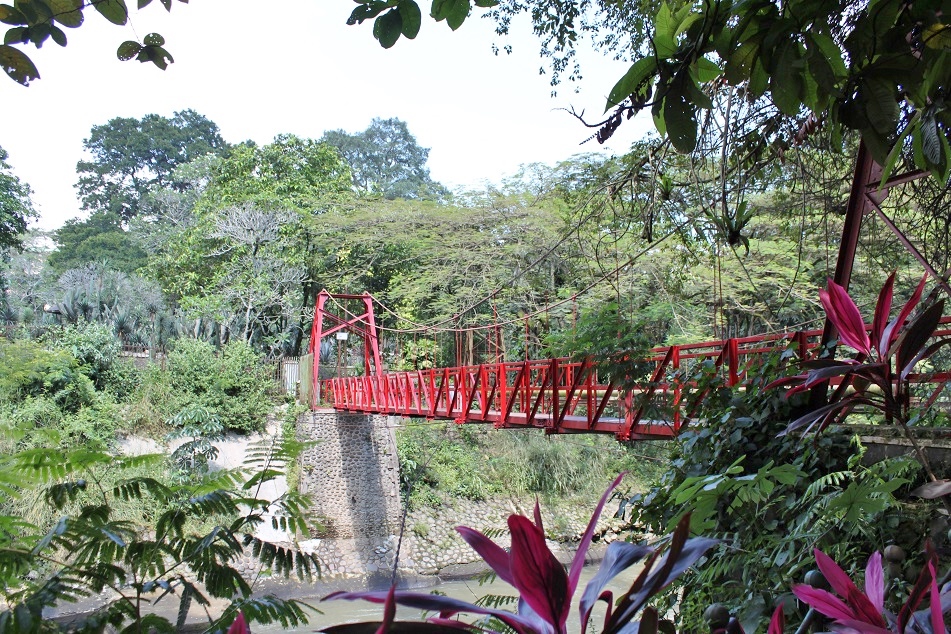
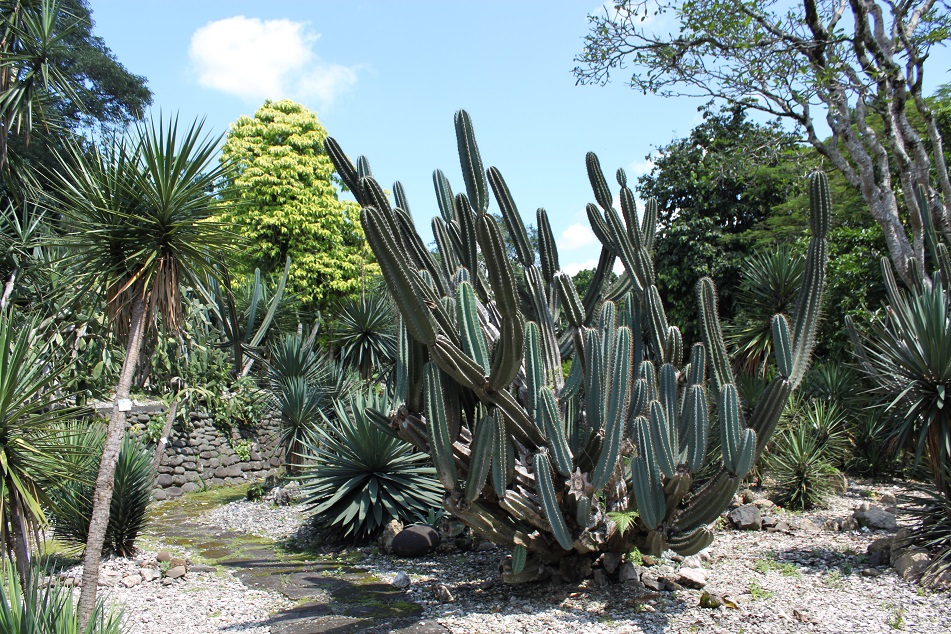

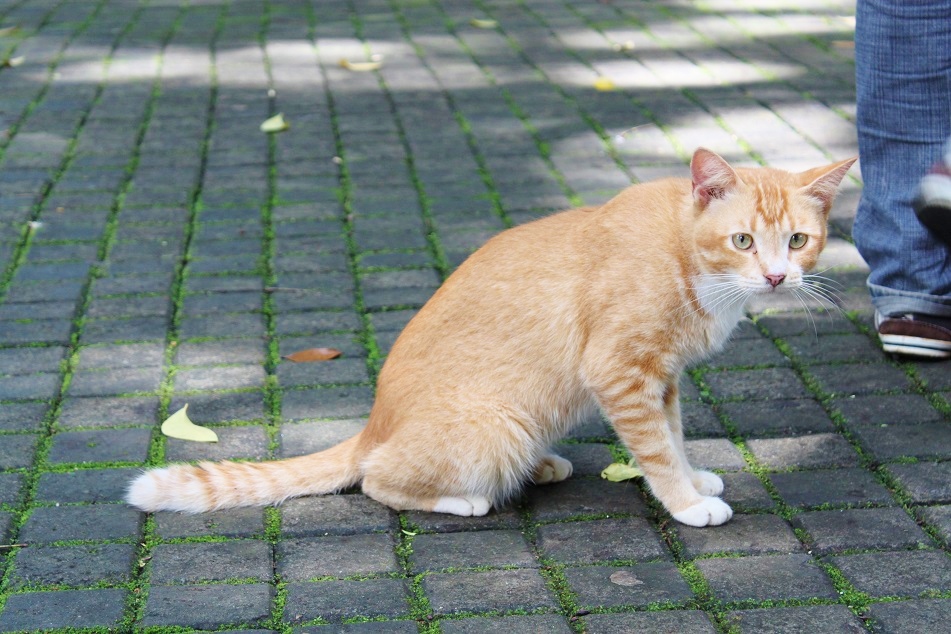
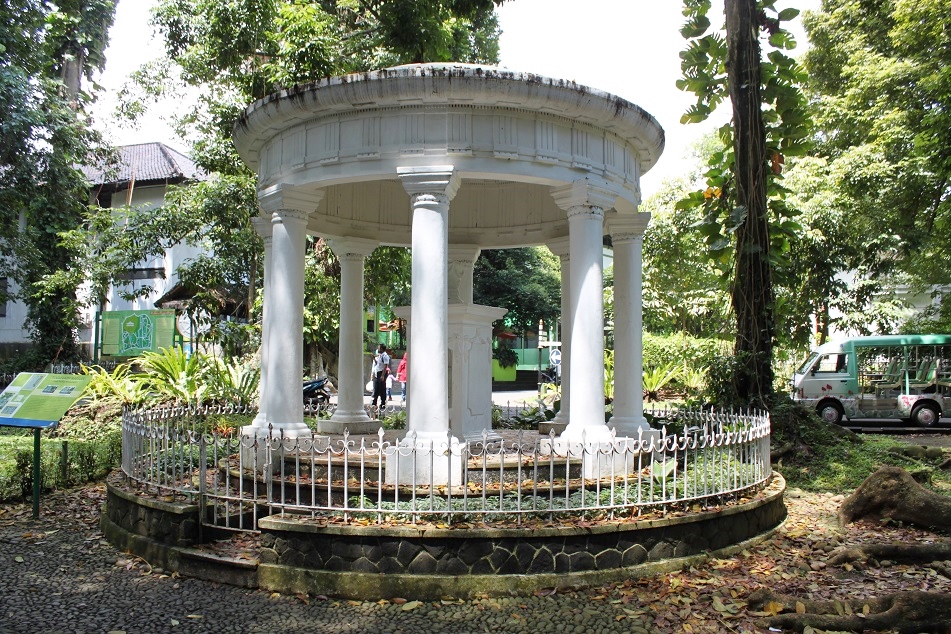
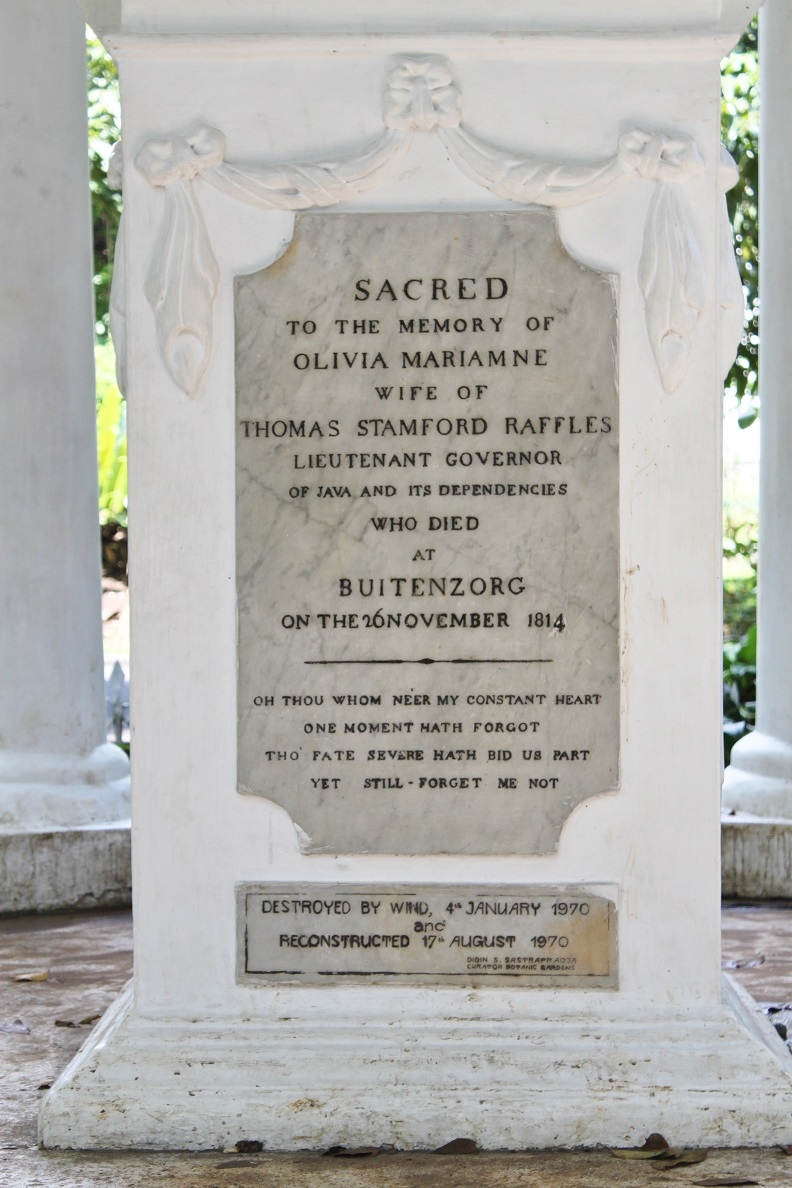
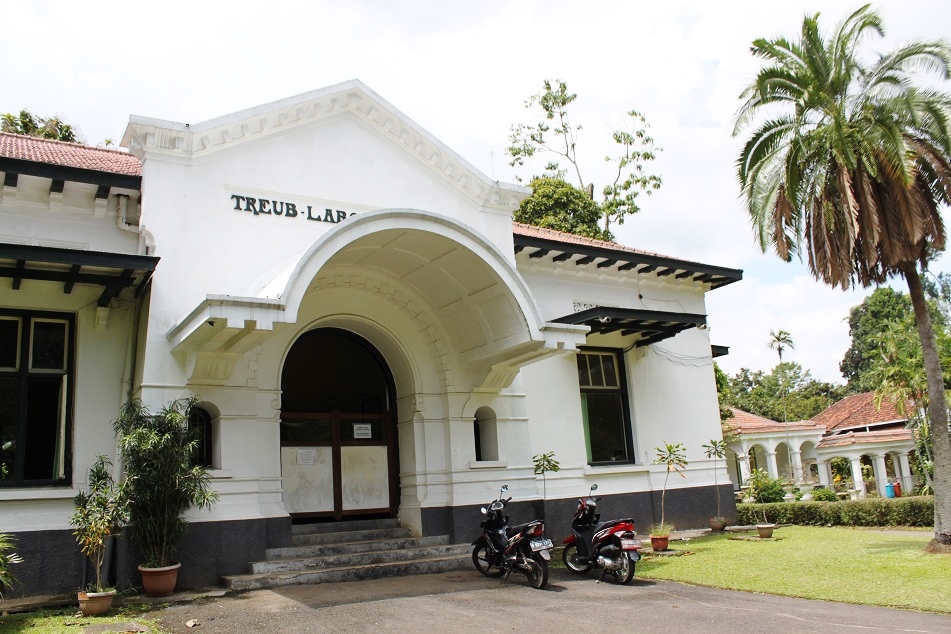

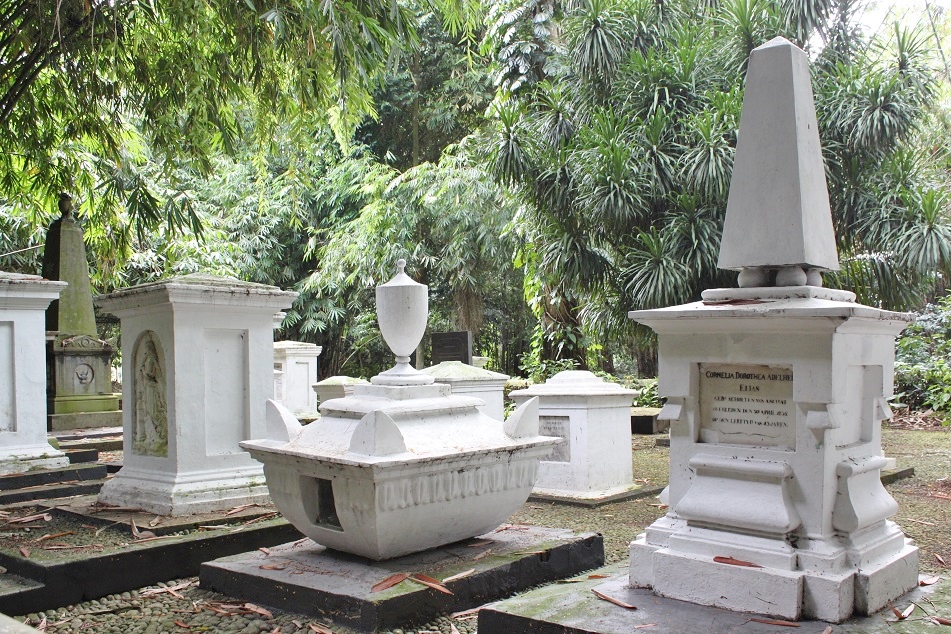
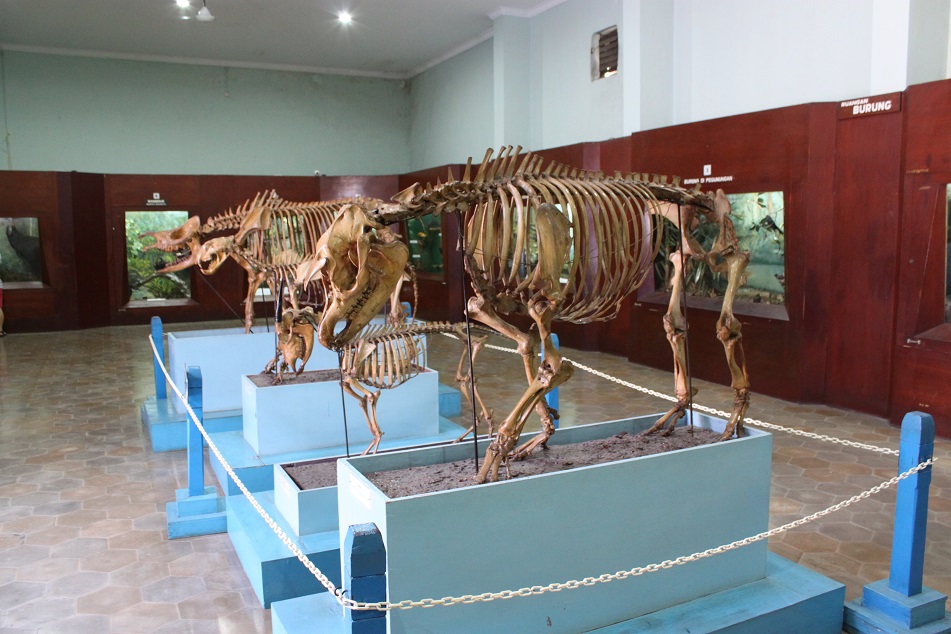
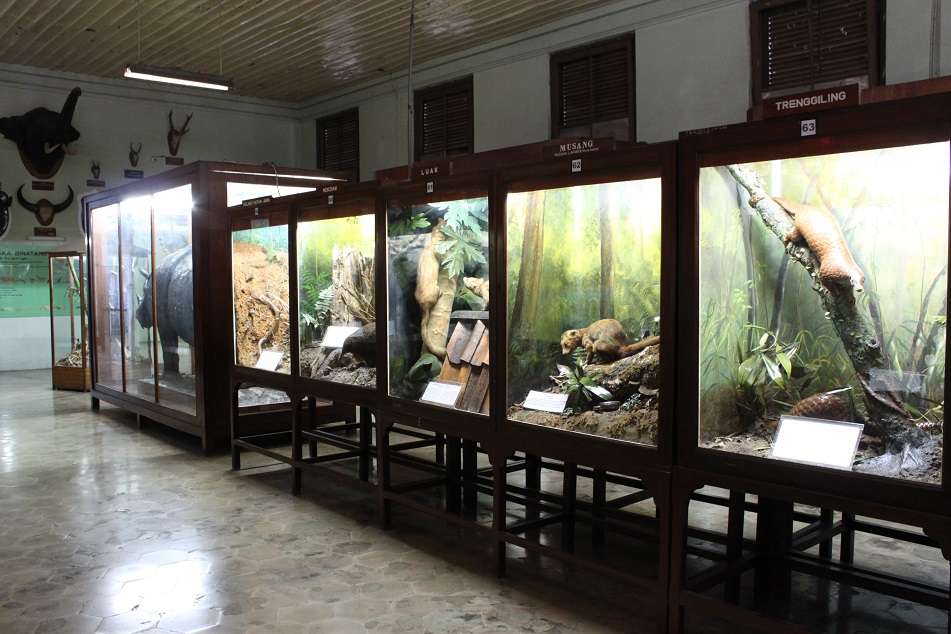
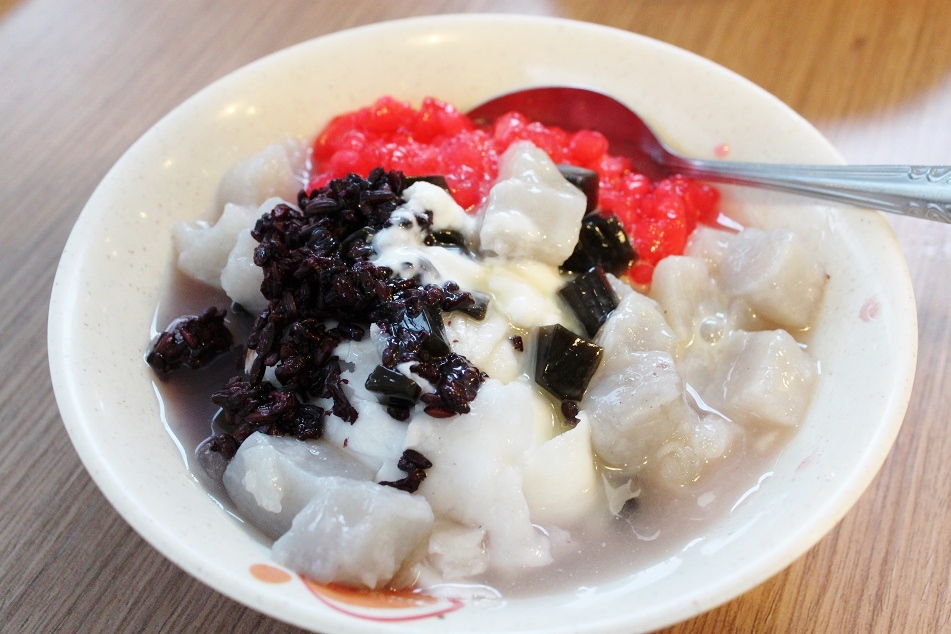
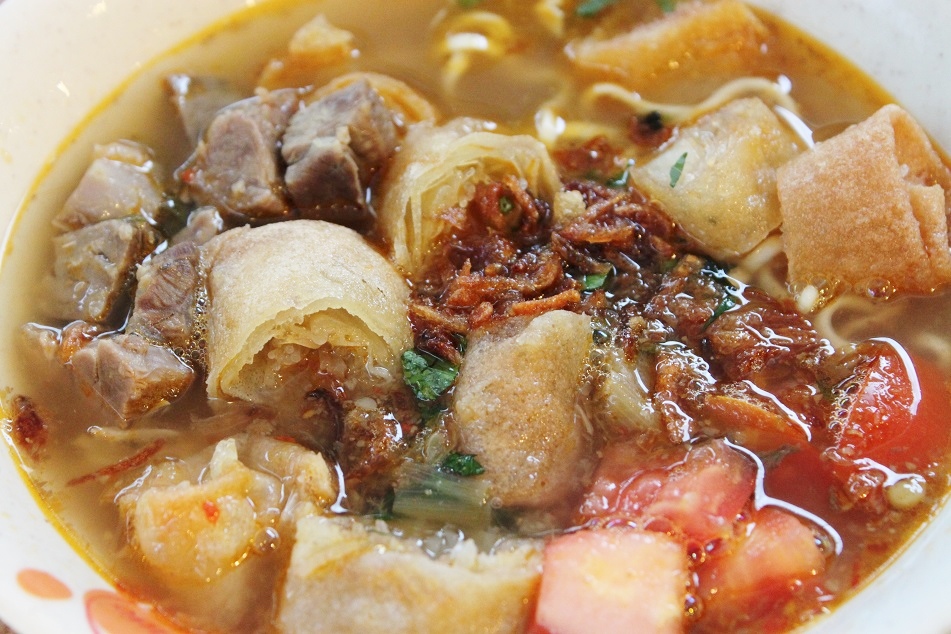

Very interesting post!
LikeLike
Thank you, Ann. Glad you liked it.
LikeLike
Bogor was a fantastic day trip from Jakarta – I’m thankful that we could meet up with Bart and Badai. I didn’t realise the monument to Lady Raffles was destroyed by strong winds in 1970; if you hadn’t posted that photo I would not have known it! As usual your food pictures are excellent… I feel hungry just looking at them (and I’m glad it’s nearly dinnertime).
LikeLike
That was the best trip to Bogor that I’ve ever had. Had we gone there by ourselves, we would have missed es goyobod and soto mie Bogor altogether.
Thank you, James. Hopefully no one broke their fast because of my food photos. 🙂
LikeLiked by 1 person
It’s a nice post Bama, especially the food pictures. That Es Goyobod, arrrgh I’m mouthwatering now.
Glad to know that you both enjoy the trip, since I really concerned about to be a good host for you. Now, we’re expecting to see you again in Bogor.
Good luck for your upcoming six-month journey, guys 🙂
LikeLiked by 1 person
Thanks to you James and I had a great time in Bogor. Now at least you don’t have to worry about whether or not you have been a good host for both of us, because you really have! Can’t wait for July 1! 🙂
LikeLiked by 1 person
Me too ,,, I’m counting the day now 🙂
LikeLike
Kebun Raya Bogor is one of our fave place to spend a family time on weekends.
Have fun Kak Bama on your upcoming journey:) Please tweet tons of pictures!
LikeLiked by 1 person
Dan masuknya murmer. 🙂 Jakarta needs more green space like this where people can just sit and enjoy fresh air.
Thank you Kak Tesya, and I will surely post photos along the way! 🙂
LikeLike
Thanks for the tour. Didn’t see any of this when I was in Bogor! I remember it rained most of the time I was there for an ill fated hike to Mt Salak.
LikeLike
Mt Salak is known as more challenging than Gede-Pangrango according to some of my friends who have been to both. How did your hike end?
In the previous night there was downpour in Jakarta, so we were really lucky to have those blue skies the next morning when we were at the botanical garden.
LikeLiked by 1 person
The hike would have been find except for the rain which made the trail muddy. We kept slipping, sliding and sinking!
LikeLike
That reminds me of a short hike I did in Laos three years ago. It was very slippery, at times quite dangerous.
LikeLiked by 1 person
I am living in Jakarta right now and enjoyed reading your post. Perhaps you will be interested in reading my most recent post on Toraja http://inomniaparatustravel.com/2015/06/21/celebrating-death-in-toraja/
LikeLike
Thank you for reading. I enjoyed reading some of your posts as well, particularly Setu Babakan which looks quite interesting as a weekend getaway in Jakarta.
LikeLiked by 1 person
A well-rounded story of Bogor, Bama. Always enjoy your travel writing. BTW, is that inscription really of the 19th century? Or is it the 9th (I’m thinking of King Tarumanegara who ruled the area in the 9th century CE)?
LikeLike
Thank you, Eki. About the inscription, it may look ancient, but it was actually made by a Dutch in the 19th century written in old Sundanese. The two statues, though, date back to a much earlier time.
LikeLiked by 1 person
Fascinating post Bama. Like I said to James, I learn so much history and detail about places that I normally wouldn’t know about by reading blogs such as yours. It sounds like a very interesting day.
Can’t wait to hear about your travels in SE Asia, and South Asia! Have a great time.
Alison
LikeLike
Thank you, Alison. Every place has its own story, and that’s one of the things I find most interesting about traveling and exploring new places. The day trip really was interesting although we didn’t visit as many places as we wanted. But it was enough to assure me to go back to Bogor one day.
Thanks! and I must say I’m a bit nervous now as I am only a few days away from embarking the biggest journey in my life by far.
LikeLiked by 1 person
Next time you should try Laksa Cibinong, sate kambing Pak Rebing, nasi tutug oncom, dll dsb! 😉
LikeLike
Laksa Cibinong was the one you had for lunch that day, wasn’t it? I love sate, especially when it comes with spicy peanut sauce or chopped chilies! 🙂
LikeLike
It was Laksa Bogor, I like Cibinong more 😉
I like sate kambing with chopped chillies & onion & sweet soy sauce 🙂
*terus aja bahas makanan pas puasa gini, hahaha!*
LikeLike
Haha, okay then. :p The next time I come I should try Laksa Cibinong, or should I say Laksa Bogor Coret? 😀
LikeLike
Laksa Bocor! #BogorCoret 😀
LikeLiked by 1 person
soto miiiiiii! *drools all over the page* 😀
Have a safe and wonderful trip, Mas Bama! Ditunggu kisah-kisah dari petualangannya 🙂
LikeLike
Hehe.. Mudah-mudahan gak bikin batal puasa ya. 😀
Thank you! Kemungkinan besar saya akan lebih sering update di Twitter saya selama perjalanan tersebut.
LikeLike
As usual an entertaining and informative post. I especially liked the food info….Im sure I didnt know any of that when I past thru Bogor at least years ago…. I do have fond memories of the coolness after Jakarta. Have a fabulous 6 months ….Selamat Jalan : )) Dari Trees
LikeLike
Should be 20 years ago
LikeLike
I think it was also 20 years ago when I went to Bogor for the first time with my parents. I remember one small public space where children could play around gigantic mushroom-like decorations. I would definitely come back, even only for the Soto Mie. 🙂 Terima kasih, Trees.
LikeLike
Sama2 pernah kesana, tp yg mas Bama foto dan ulasannya keren! 🙂
LikeLike
Waduh, makasih ya. Tiap orang punya gaya penulisan berbeda, dan kebetulan mbak Indri bisa menikmati tulisan saya. 🙂
LikeLike
Great information about the food- it looks so delicious! I can’t wait to visit this beautiful country one day. Well written!
LikeLike
It looks and tastes delicious. 🙂 Thank you, Mercedes, and hopefully you’ll visit Indonesia sooner than later!
LikeLike
Gimana caranya bisa menulis “seenak” mas Bama? Tulisannya selalu menarik.
LikeLike
Halo Mbak Unita. Wah terima kasih ya. Kalau diperhatikan di postingan saya lima tahun yang lalu gaya penulisan saya jauh berbeda. Tapi dengan terus membaca blog lain, artikel di majalah dan koran, juga dengan menonton film-film dokumenter di TV saya semakin belajar gaya bercerita seperti apa yang saya paling membuat saya tertarik dan juga nyaman untuk saya tuliskan. Yang penting kitanya harus menikmati proses menulis itu sendiri.
LikeLike
Hello!
Love this post and so many others from your page! Quick visit to say you´re on my list for Very Inspiring Bloggers! https://my365to30.wordpress.com/
Thanks for inspiring me! 😀
LikeLike
Hi Livia. Many thanks for including me on that list! I really appreciate it. Isn’t blogging all about inspiring each other? 🙂
LikeLiked by 1 person
I’m glad you like it and thank you again! hahahah That should indeed be one of it´s biggest roles! 😀 Have a great week!
LikeLiked by 1 person
Oh, maybe the temple is Pura Jagadkarta Gunung Salak? The one with the black and white tiger myth, and I don’t know if we could see the sunset from the temple. Hm, I guess I should visit the temple in afternoon, then. Thank you for the information!
Bogor is a splendid city and in there we could go to so many different places! I love Batutulis Inscription the most, and a “batu dakon” site nearby :)). And oh, the foods! They are all look very delicious. I must go and try some of them :hehe. Even the Plantentuin holds a lot of history, wow.
Great post, and good luck for your journey! Stay safe :)).
LikeLike
Ah, maybe it is. I’ve never heard of that myth before. Very interesting. The next time I come to Bogor I have to make sure to see the inscription and the batu dakon — I didn’t know there was such artifact before. Thank you, Gara! for reading and for the good wishes.
LikeLike
Reblogged this on detoatepentrutotim.
LikeLike
Enjoyed the read, and happy travels! (I’m pretty jealous of your six-month plan!)
LikeLike
Thank you for reading and your good wish! It’s just five days away and I still have some little things to do.
LikeLiked by 1 person
A lovely account of Bogor. Happy travels Bama. Look forward to the updates and to meeting you both.
LikeLike
Thanks, Madhu and look forward to meeting you in Chennai! Will keep you updated.
LikeLike
Well well, you wrote this so great! Detailed! And the photos suppors the words 🙂
I miss Halimun Salak National Park and Bogor Botanical Garden, of course 🙂
LikeLike
Thank you! You’re too kind. 🙂
I have never been to Halimun-Salak National Park and considering its relative proximity to Jakarta I really should make a time to go there sometime in the future.
LikeLiked by 1 person
Yes, you have to. They have many beautiful waterfalls, either small or big 😀
LikeLike
I just started travel writing and I am a huge fan of your blog! I was wondering if you could please check it out and possibly give some tips!!
https://thegirlwhocantsitstill.wordpress.com/category/travelling/
Thank you!! 🙂
LikeLike
Reblogged this on pinterestviki.
LikeLike
Nice post and beautiful pictures! Congratulations for them and your blog 🙂
LikeLike
Gracias, Marcos! I would love to visit Spain one day — soon I hope. 🙂
LikeLiked by 1 person
Reblogged this on stevestriding.
LikeLike
Reblogged this on Ed Roadside Tales.
LikeLike
Beautiful city. I can’t wait to visit Bogor this October though. Any recommendation for a tour guide there? :
LikeLike
Hmm, I explored Bogor with my friends — they happened to be free the day I went. I believe there are a lot of tour guides in the city, although finding one might be quite challenging. Maybe you can start with looking up some blogs out there?
LikeLike
I lived in Indonesia for 10 years before moving to Australia.. Why is it that I haven’t seen the presidential palace before? hahahhaa It’s a beautiful place!!! I really need to be more touristy when I go back to visit family!
LikeLike
wasting time in Bogor Botanical Garden always make me happy ..
the pictures are very good … make me wanna go back there
LikeLike
Thank you. KRB is such a nice place for city dwellers to visit. It also reminds them how nature can actually heal us.
LikeLike
Semakin mantap akan wikenan ke Bogor setelah baca postingan ini. Thanks Bang Bama.
LikeLike
Makasih Bang Citra. Semoga bermanfaat informasinya. 🙂
LikeLike